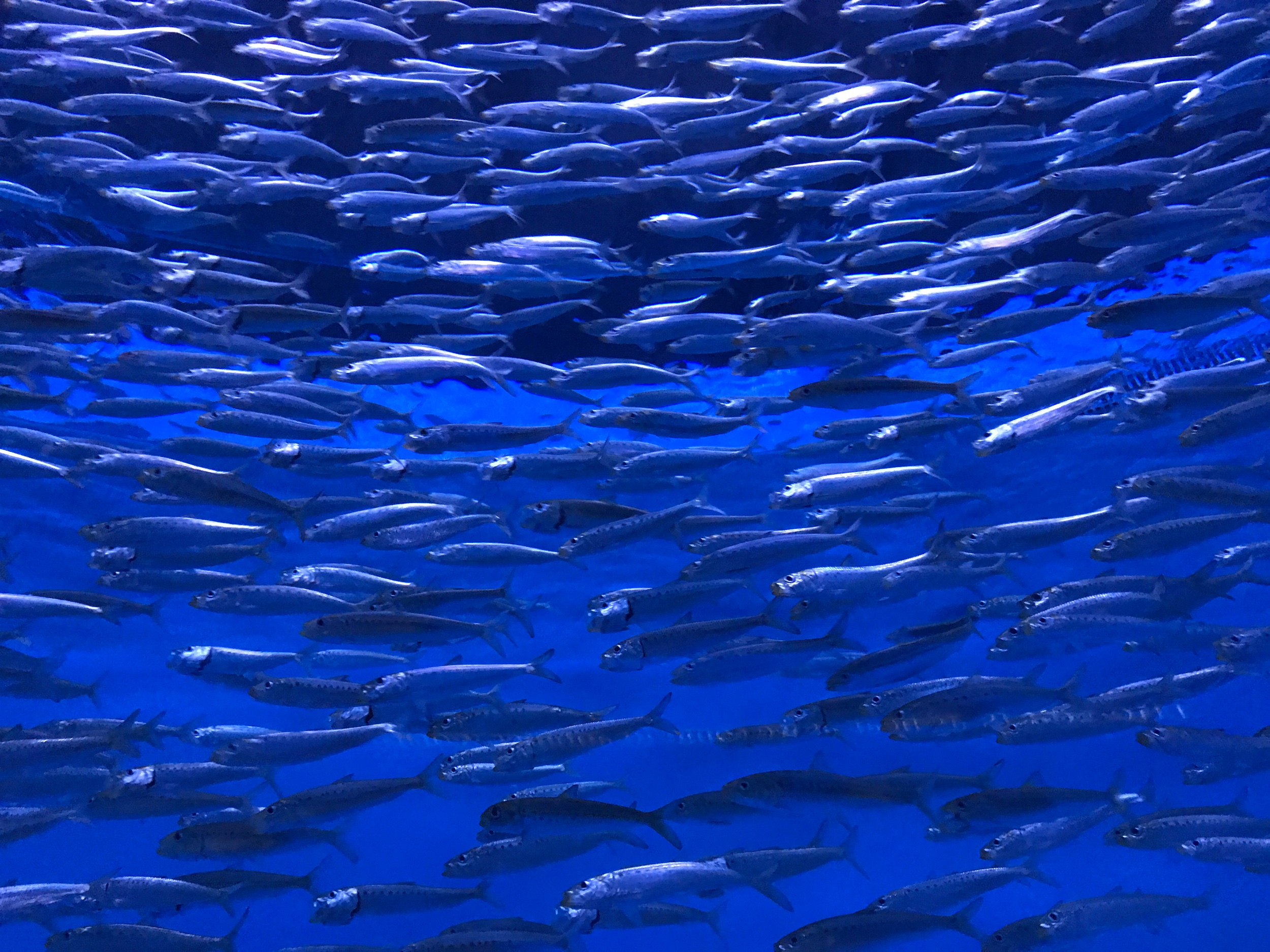A vortex is thought to be a unique spot on the earth where metaphysical energy is either entering into the earth or projecting out of the earth’s surface. Vortexes (or vortices) are found at sacred sites throughout the world – the Great Pyramid in Egypt, Machu Picchu in Peru, Bali, Stonehenge, Uluru/Ayers Rock in Australia, etc. It is believed that the vortex energy moves in a spiral, moving up or down.
The images below I made on a recent trip to Sedona, Arizona: considered to have some of the most powerful vortices on earth. If you would like to purchase prints or wall art of these and other photographs, please visit my Print Shop
Some say Sedona’s vortex energy is so powerful that you can actually feel it and that it is powerful enough to help people take giant leaps with their spiritual development. The Native Americans believe that spiritual transformation can occur more quickly and easily in Sedona because the veils to other dimensions are thinner here. Whether or not you believe that energy vortexes actually exist, one thing is for certain, there is “something” about Sedona that has made people travel here for something more than just its incredible beauty.






